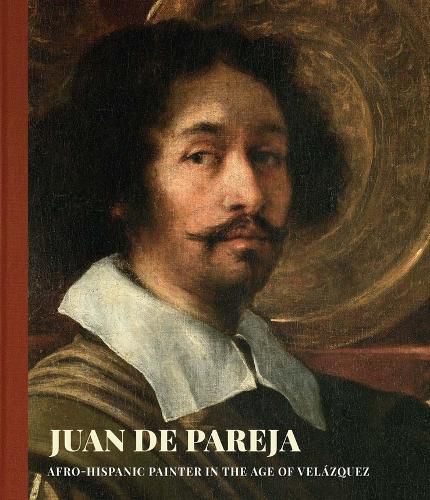Readings Newsletter
Become a Readings Member to make your shopping experience even easier.
Sign in or sign up for free!
You’re not far away from qualifying for FREE standard shipping within Australia
You’ve qualified for FREE standard shipping within Australia
The cart is loading…






A provocative study of a freedman painter that recognizes the labor of enslaved artists and artisans in seventeenth-century Spain
Diego Velazquez's (1599-1660) portrait of Juan de Pareja (ca. 1608-1670), his enslaved studio assistant, has long been a landmark of European art. It was painted in 1650, the same year that Velazquez signed papers freeing Pareja, who then built his own successful career as a painter of religious subjects and portraits. This book-the first monograph on Pareja-revises our understanding of artistic production during Spain's Golden Age and discusses Pareja's ties to both Velazquez and the Madrid School of the 1660s. Highlighted works include Pareja's monumental Calling of Saint Matthew (1661); Velazquez's portraits produced in Rome shortly after Juan de Pareja (1650); and the manumission document granting Pareja his freedom. The essays focus on highly skilled, enslaved artisanal labor within Seville's multiracial society; the role of Black saints and confraternities in the promotion of Catholicism in enslaved populations; and early twentieth-century scholar Arturo Schomburg's project to recover Pareja's legacy. The book also includes an illustrated and annotated list of known works attributed to Pareja.
$9.00 standard shipping within Australia
FREE standard shipping within Australia for orders over $100.00
Express & International shipping calculated at checkout
A provocative study of a freedman painter that recognizes the labor of enslaved artists and artisans in seventeenth-century Spain
Diego Velazquez's (1599-1660) portrait of Juan de Pareja (ca. 1608-1670), his enslaved studio assistant, has long been a landmark of European art. It was painted in 1650, the same year that Velazquez signed papers freeing Pareja, who then built his own successful career as a painter of religious subjects and portraits. This book-the first monograph on Pareja-revises our understanding of artistic production during Spain's Golden Age and discusses Pareja's ties to both Velazquez and the Madrid School of the 1660s. Highlighted works include Pareja's monumental Calling of Saint Matthew (1661); Velazquez's portraits produced in Rome shortly after Juan de Pareja (1650); and the manumission document granting Pareja his freedom. The essays focus on highly skilled, enslaved artisanal labor within Seville's multiracial society; the role of Black saints and confraternities in the promotion of Catholicism in enslaved populations; and early twentieth-century scholar Arturo Schomburg's project to recover Pareja's legacy. The book also includes an illustrated and annotated list of known works attributed to Pareja.